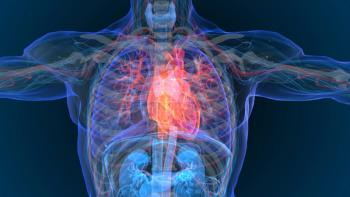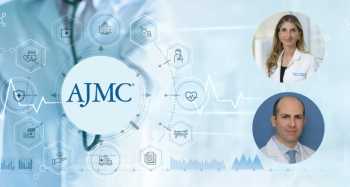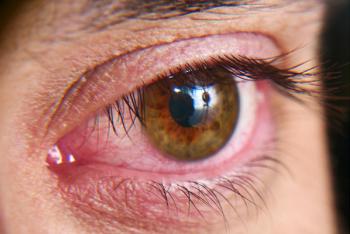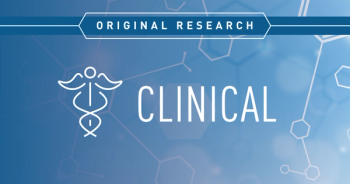
Pathophysiology of Pulmonary Arterial Hypertension
Panelists discuss how the pathophysiology of pulmonary arterial hypertension involves complex mechanisms across multiple genetic and treatment pathways, with over 20 identified genes and four major therapeutic targets including nitric oxide, endothelin, prostacyclin, and activin signaling inhibition.
Episodes in this series

Pathophysiology and Treatment Pathways
Pulmonary arterial hypertension (PAH) represents a complex disease with multifaceted pathophysiology involving over 20 identified genetic mutations that can contribute to disease development. The condition affects pulmonary vasculature and capillaries, causing narrowing that increases workload on the right ventricle and heart. Understanding these underlying mechanisms is crucial for effective disease management and treatment selection.
From a therapeutic perspective, PAH management has evolved to target four distinct treatment pathways, expanding from the traditional three-pathway approach. These pathways focus on nitric oxide signaling, endothelin receptor antagonism, prostacyclin pathway modulation, and the newer activin signaling inhibition. Each pathway offers unique mechanisms of action that can be leveraged individually or in combination to address the disease's complexity.
The multi-pathway approach to PAH treatment reflects the disease's heterogeneous nature and the need for personalized therapeutic strategies. By targeting different biological pathways simultaneously, clinicians can maximize treatment efficacy while addressing the various contributing factors to pulmonary vascular dysfunction. This comprehensive understanding of pathophysiology guides modern treatment algorithms and supports the development of innovative therapeutic approaches.
Newsletter
Stay ahead of policy, cost, and value—subscribe to AJMC for expert insights at the intersection of clinical care and health economics.














































